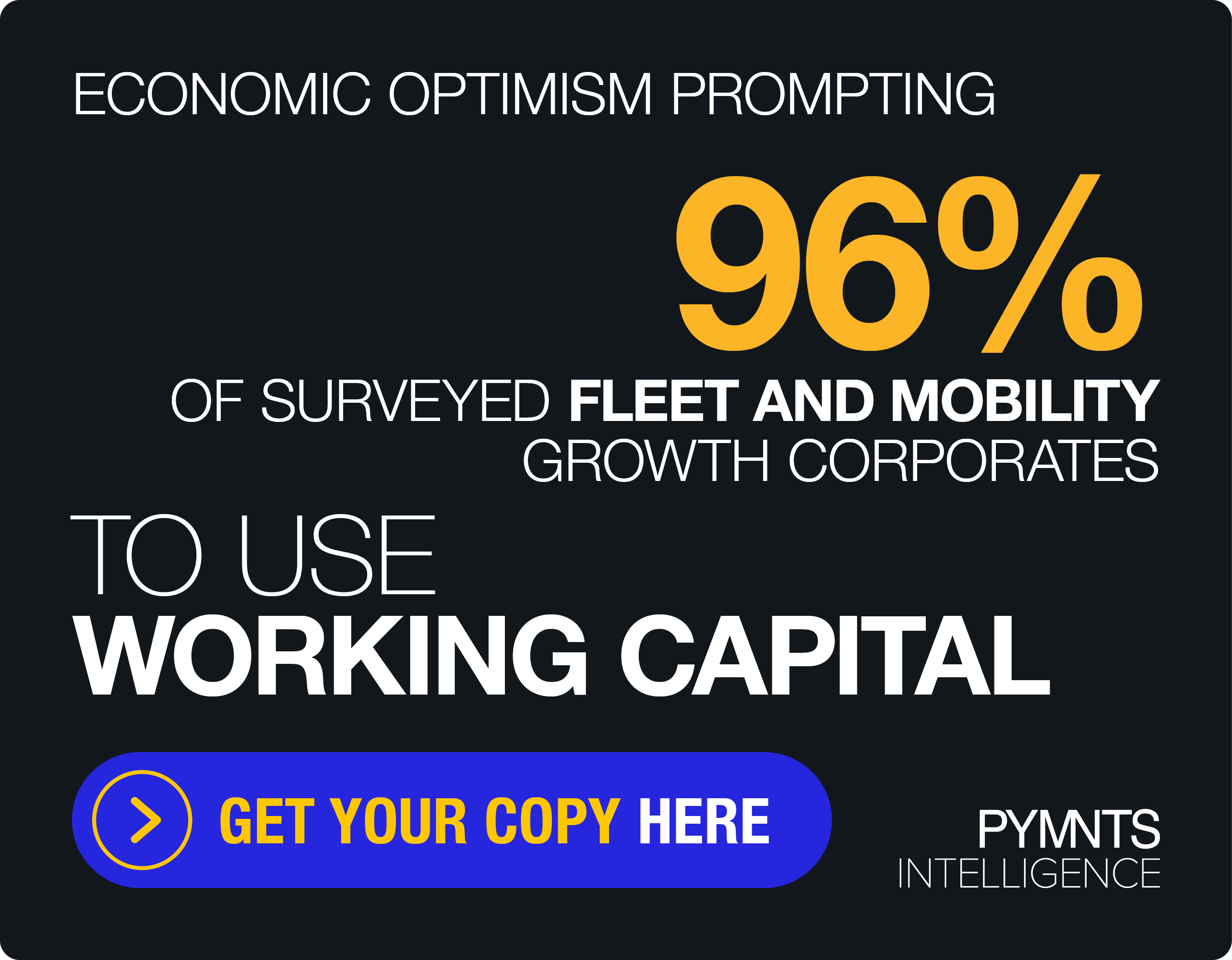Report: Shein Eyes Martketplace Model to Add Product and Attract Customers

Fast fashion firm Shein is reportedly considering the shift to a marketplace-style platform.
The firm’s potential move to becoming a marketplace platform would allow other retailers to sell its products alongside Shein’s own branded offerings on the platform, The Wall Street Journal (WSJ) reported Monday (Dec. 12).
“The marketplace platform makes available a range of additional merchandise and shipping options, and we expect it to result in increased customer engagement and satisfaction,” Shein said in a memo to investors, according to the report.
Shein’s existing business model — which is expected to bring in $24 billion this year — is based on manufacturing low-cost apparel quickly to meet current trends and selling it to customers in 150 countries, the report said.
A marketplace model would put the retailer in direct competition with the marketplaces of AliExpress and Amazon, per the report.
Shein did not immediately respond to PYMNTS’ request for comment.
This report comes roughly two months after the retailer launched a peer-to-peer (P2P) resale platform called Shein Exchange, which is currently being piloted in the United States. That platform can be accessed through the existing Shein app and allows customers to buy and sell used Shein products, the company said in an Oct. 17 press release.
The marketplace trend has been gaining converts across industries. Recent examples include Walmart welcoming sellers from India to use its Walmart Marketplace to sell to customers in both the U.S. and Canada, Amazon launching a cash advance solution for merchants selling on its site, and Web3 gaming platform AQUA debuting a marketplace for trading in-game assets.
There’s a similar trend toward B2B marketplaces. For example, online construction materials marketplace MaterialsXchange merged with commodities FinTech Mickey in September to digitize the lumber industry.
PYMNTS research has found that among the 38% of consumers who identify as “deal-chasers,” 44% made their most recent transaction via an online marketplace.
Platforms are a key consideration among the browsing and the buying, according to “At the Checkout: Deal-Chasers Versus Loyal Customers,” a PYMNTS and Checkout.com collaboration.
